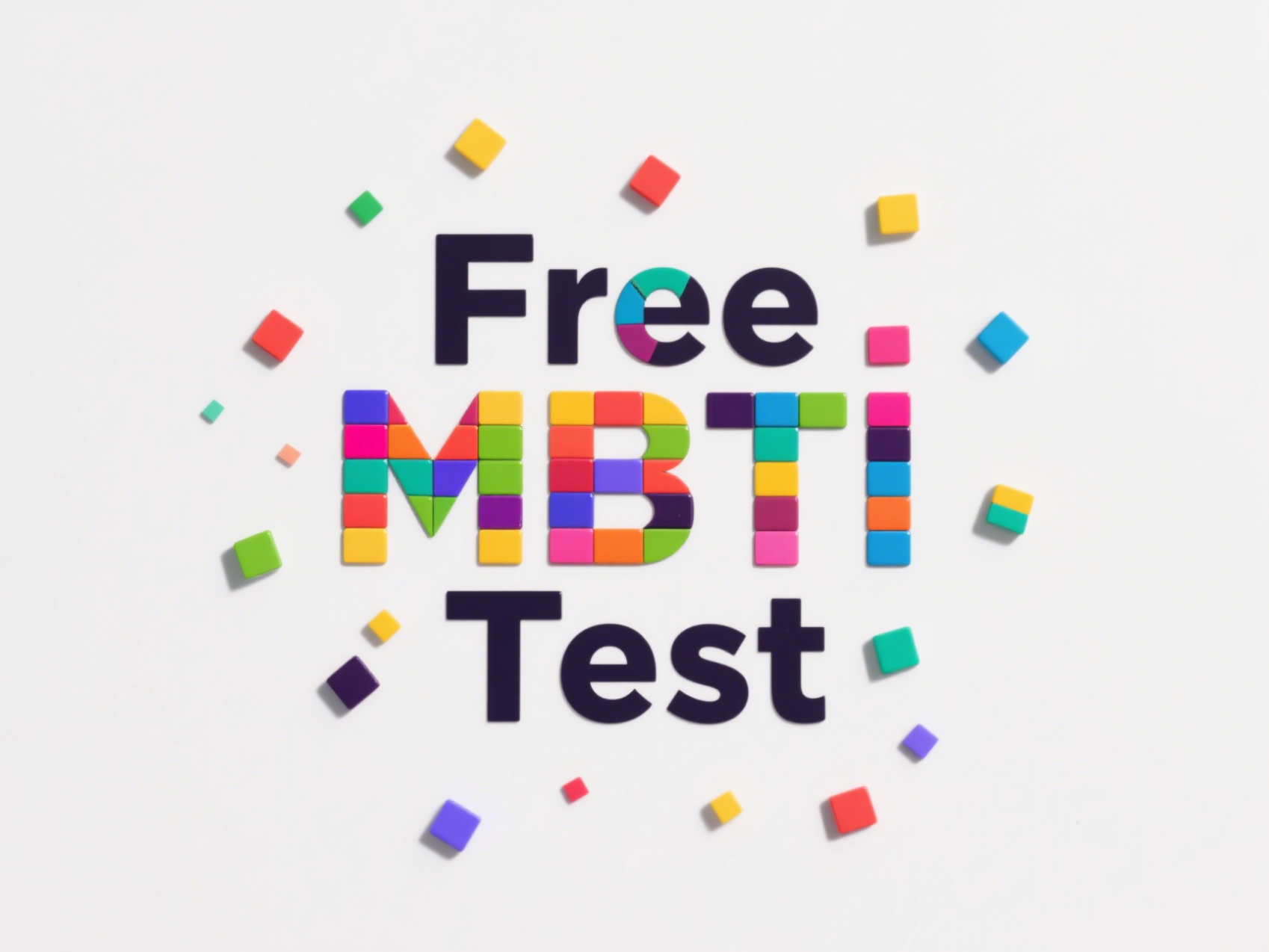想了解自己是哪种MBTI人格类型?MBTI性格测试靠谱吗?MBTI哪里可以免费测?MBTI测试200题完整版免费入口来了!MBTI十六型人格在线测评(含INTJ、INFP、ENFP等16种类型)支持中文测评、手机端可用、测试结果精准。适合查找“MBTI官网入口”“MBTI性格测试完整版”“MBTI测试结果准不准”的用户。
赛可心理测试提供的这份高精度200题MBTI免费测评基于MBTI十六型人格理论,包含完整200道题,全面评估您的MBTI人格类型(Myers-Briggs 16 Personalities),涵盖I人与E人、S与N、T与F、J与P等维度。支持多种语言精准测评,免费在线使用,无需注册,海量题目,精准测量,结果完整解读。适合深入了解自我性格与职场定位。MBTI官方中文版入口首选,立即开始测试吧,全面了解你的性格类型、沟通方式与职业匹配!
免费MBTI性格测试介绍|MBTI十六型人格理论
欢迎体验赛可心理测试官方提供的【MBTI 200题完整版免费测试】,200题完整版免费MBTI人格测试基于荣格八维人格理论与MBTI十六型人格模型,多语言适配,全面评估您的MBTI性格类型。本版本为MBTI测试官网经典还原版,适合希望深入了解自己的用户使用。
✅ 200道题全面测试,涵盖思维、情感、行为、工作、社交等多个维度
✅ MBTI官网免费版入口直通,永久免费,记得收藏本MBTI测试入口链接
✅ 完成MBTI测试后,你将免费获取完整的MBTI人格类型分析报告,测试结果精准呈现16型人格类型及对应解释
✅ 已适配移动端,测试全程无需注册
关于MBTI人格测试你将了解
MBTI(Myers-Briggs Type Indicator)源自荣格的八维人格理论,划分出16种不同的人格类型。MBTI测试常被用于职业性格分析,通过本测试,你将深入了解:
- 我是 I人(内向) 还是 E人(外向)?
- 我的认知偏好是 S(现实感知) 还是 N(直觉探索)?
- 我的判断方式是 T(逻辑理性) 还是 F(情感共鸣)?
- 我的生活节奏偏好是 J(计划) 还是 P(灵活)?
这些将帮助你识别自身在情绪管理、人际沟通、职业匹配上的优势与挑战。
MBTI测试结果包含哪几种人格类型?

MBTI测试结果包含16种MBTI人格类型(MBTI16型人格):
- INTJ(建筑师型):MBTI 十六型人格测试:INTJ型人格详解(免费版)
- INTP(逻辑学家型):MBTI 十六型人格测试:INTP型人格详解(免费版)
- ENTJ(指挥官型):MBTI 十六型人格测试:ENTJ型人格详解(免费版)
- ENTP(辩论家型):MBTI 十六型人格测试:ENTP型人格详解(免费版)
- INFJ(提倡者型):MBTI 十六型人格测试:INFJ型人格详解(免费版)
- INFP(调停者型):MBTI 十六型人格测试:INFP型人格详解(免费版)
- ENFJ(主人公型):MBTI 十六型人格测试:ENFJ型人格详解(免费版)
- ENFP(竞选者型):MBTI 十六型人格测试:ENFP型人格详解(免费版)
- ISTJ(检查员型):MBTI 十六型人格测试:ISTJ型人格详解(免费版)
- ISFJ(守卫者型):MBTI 十六型人格测试:ISFJ型人格详解(免费版)
- ESTJ(总经理型):MBTI 十六型人格测试:ESTJ型人格详解(免费版)
- ESFJ(执政官型):MBTI 十六型人格测试:ESFJ型人格详解(免费版)
- ISTP(工匠型):MBTI 十六型人格测试:ISTP型人格详解(免费版)
- ISFP(探险家型):MBTI 十六型人格测试:ISFP型人格详解(免费版)
- ESTP(企业家型):MBTI 十六型人格测试:ESTP型人格详解(免费版)
- ESFP(表演者型):MBTI 十六型人格测试:ESFP型人格详解(免费版)
为什么选择MBTI 200题完整版人格测试?
- 200题完整版MBTI测试为 MBTI官方免费版 适配,支持多种语言(包括中文版),非娱乐向简化版
- MBTI测试200题完整版的测试精度高,问题全面,远超常见的 12题极速体验版MBTI测试 或 28题简单版MBTI免费测试
- MBTI16型人格测试也被称为MBTI职业性格测试,适用于职场性格定位、恋爱匹配分析、自我认知成长
- 赛可心理测试平台的MBTI测试已被数万用户用于心理探索、职业规划与人际沟通改进
很多用户通过以下关键词找到本测试:
- MBTI测试官网 / MBTI人格官网免费版入口
- MBTI官方免费版 / MBTI性格测试中文版
- MBTI十六型人格测试在线版 / MBTI官网免费入口
- 荣格人格八维测试 / I人和E人什么意思 / MBTI字母含义
若你正在寻找一个靠谱的 MBTI官网免费版16型人格测试,这个200题完整版MBTI测试将是最佳选择。
建议在安静环境中进行本测试,全程约需20分钟。请根据真实感受作答,避免迎合理想人格,以获得最准确的MBTI类型评估结果。
点击下方 开始测试 按钮,探索真实的你。
你是哪一种MBTI十六型人格?200道题目的完整、全面、高精度测试结果可能会让你大吃一惊!
免费MBTI测试常见问题
1. MBTI测试准吗?真的可以看出性格吗?
MBTI测试基于心理学模型,能初步评估你的性格倾向。虽然不能作为临床诊断工具,但在职业规划、人际沟通、自我认知中具有参考价值。
2. 200题完整版的MBTI测试与其他测试有何区别?
目前网上大多数“MBTI免费测试”为12题、16题快速版,仅做娱乐参考。200题完整版全面评估8大维度,接近MBTI官网原版标准。
3. MBTI测试适合哪些人?
本测试适合大学生、职场人、准备转行的人、情侣、HR 及心理咨询爱好者。也常用于职业测评、团队建设、性格配对等场景。
4. MBTI官网免费版除了200题完整版还有哪些版本?
赛可心理测试官网提供高还原度的多版本MBTI免费测试入口,详情可以查看免费MBTI十六型人格测试入口。
5. 完成MBTI测试后,还可以了解哪些相关内容?
开始测试
做MBTI测试时,应诚实地回答,诚实地评估自己当前的真实状态而非期望值,并在没有人的、最舒服的环境中作答。同时,要记住测试结果仅为参考,它不代表能力,也不是永久的标签,不能用于评判他人。更重要的是,要以自我成长为导向,理解测试的局限性,并将结果作为了解自己和他人的一种辅助工具。
了解完MBTI相关背景知识,准备好开始您的免费MBTI测试之旅了吗?点击下方「开始测试」按钮进入测试!
作答时的注意事项:
- 回答真实的偏好,而非理想化的“期望值”:作答时要基于“现实”而非“期望”,想象一个完全放松、不受外界影响的状态,问自己“我通常是怎么做的”,而不是“我希望自己怎么做”。
- 区分能力与偏好:MBTI测量的是你的偏好,而不是能力强弱。它说明的是你更倾向于做什么,而不是你是否能做到。
- 选择最舒服的状态:在作答时尽量避免扮演角色或考虑社会情境,想象自己在一座没有人的山上,在最舒服的状态下作答。
结果解读时的注意事项
- 结果仅供参考,切忌贴标签:不要用测试结果来给自己或他人贴上固定的标签,更不能以此作为评判标准。MBTI旨在提供一种自我认识的辅助工具,而不是限制你的行为模式。
- 承认个性的多样性:同一类型的人也会有各自不同的兴趣和价值观,不能因为是同一种类型就认为所有方面都一样。
- 接受“不完美”的自己:不必过于追求某个理想类型,应该拥抱所有“房间”,包括自己一直以来有所压抑的部分,这才是完整的自己。
- 将测试作为成长的契机:将测试结果作为反思和成长的契机,了解自己的优势和劣势,并寻求在人际互动中发挥优势、平衡不足。
- 不要执着于一个结果:性格是动态变化的,在不同时期或情境下的测试结果可能不同。将结果视为当下的偏好,不必过于执着,也不要因为结果不一致而过于担心。


